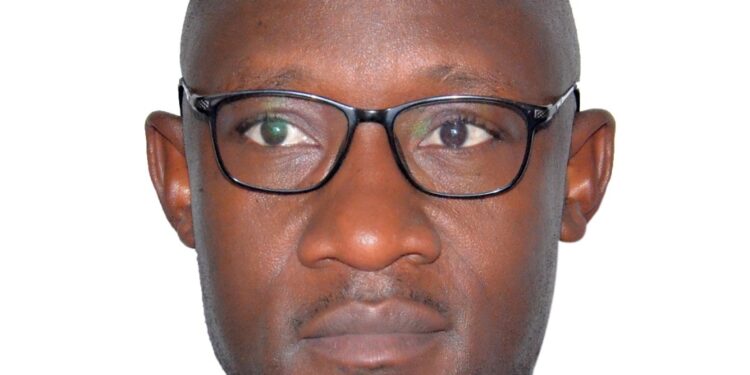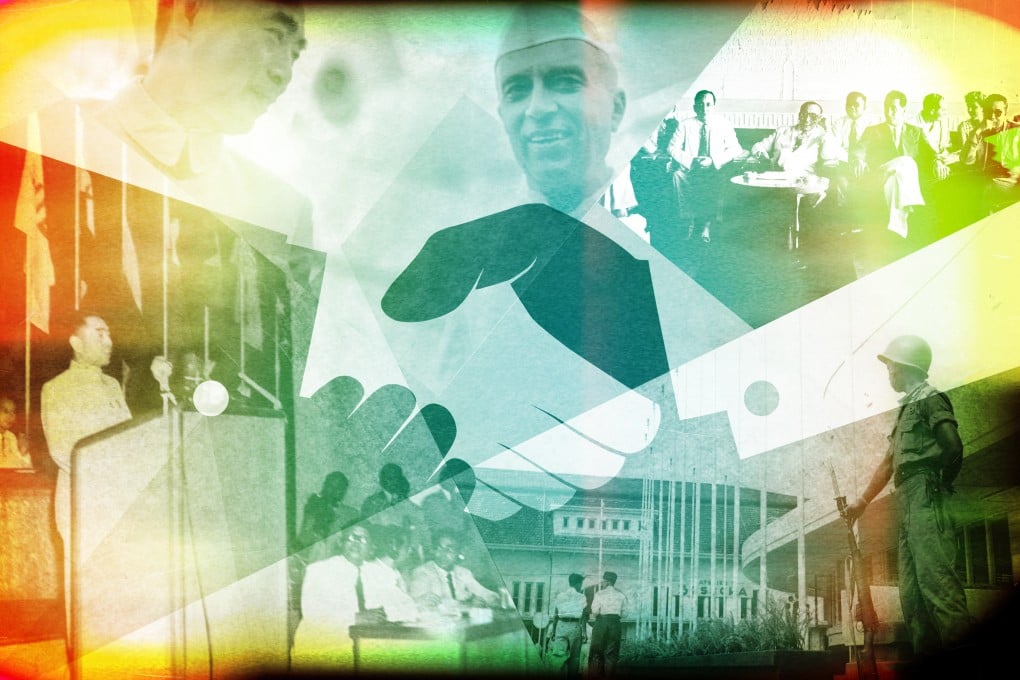If we are honest, the Government of Uganda and development partners have been injecting a significant amount of funding in the Karamoja sub region. With the level of funding, the region should be more developed than it is today. Why do I say this? Muhereza (2019) argues that various interventions, both national and international, have been implemented in Karamoja to alleviate the regions dire situation.
Despite these efforts, the region continues to struggle with pervasive poverty (UNFPA 2018). Let me briefly illustrate how poverty persists in Karamoja. Powell (2010) found that by 2008, 82% of the Karamoja population was living in poverty.

The Uganda National Household Survey (UNHS) in 2016/17 reported that 61% of the Karimojongs were considered income poor compared, to Uganda’s national average of 27%. Presently, UBOS statistics show that over 62 % of the people in Karamoja are living in absolute poverty. With these on going trends in poverty statistics, both the people of Karamoja and non Karimojongs working in the region need to question why poverty continues to define the Karamoja subregion.
On the ground, the government of Uganda has been taking steps to improve infrastructure by tarmacking roads that connect Karamoja to the rest of the world. They have also allocated billions of funds for local administration, service delivery, and various projects such as NUSAF, NAADS, UWEP, Emyooga, SAGE, PDM, among others .Development partners like the Danish International Development Agency, Irish Aid, USAID, UNDP, UNICEF, SIDA, Oxfam GB, Netherlands Development Organization, Lutheran World Federation (Naisiko 2024), and the European Union (EU) have been providing funding for Karamoja .
Some of these partners even give cash directly to the people, such as Give Directly. Muhereza (1999) agrees with this article that money has been pumped to Karamoja but with very little impact.The question remains: if various partners have contributed funds to Karamoja, where has the money gone? It is puzzling that despite clear evidence of money flowing into Karamoja, the local residents remain very poor.
I was troubled by the poverty situation in the Karamoja, and while researching, I found Kaduli cited in Powell (2010) who had a different version of the Karamoja situation. Kaduli, as cited by Powell (2010), explained that the Karimojongs viewed some government officials and development partners as ‘rural tourists’ who only appeared for short meetings before retreating back to towns and hotels. This implies that monitoring of what the implementers discuss in meetings was either poor or lacking, which could be the reasons for project failures in Karamoja.
Indeed, Levine (2016) also noted that poverty in Karamoja is a bit complicated because those who managed to succeed economically often found themselves struggling again one or two years later. I urge the Government of Uganda and Karamoja partners to start the discussion from this point.Ayub Mukisa (PhD)Executive Director -Karamoja Anti Corruption CoalitionEmail: ayubmukisa@gmail.
comThe post Dr. Ayub Mukisa: Karamoja, based on the current status, where has all the money gone? appeared first on Watchdog Uganda..
Politics

Dr. Ayub Mukisa: Karamoja, based on the current status, where has all the money gone?

If we are honest, the Government of Uganda and development partners have been injecting a significant amount of funding in the Karamoja sub region. With the level of funding, the region should be more developed than it is today. Why do I say this? Muhereza (2019) argues that various interventions, both national and international, have [...]The post Dr. Ayub Mukisa: Karamoja, based on the current status, where has all the money gone? appeared first on Watchdog Uganda.















